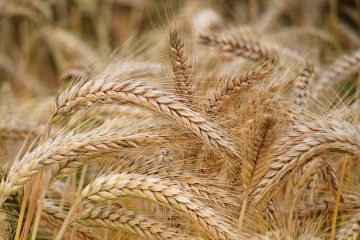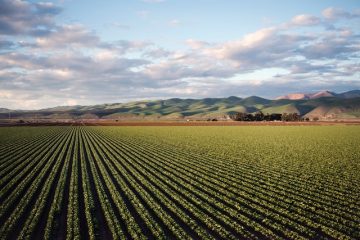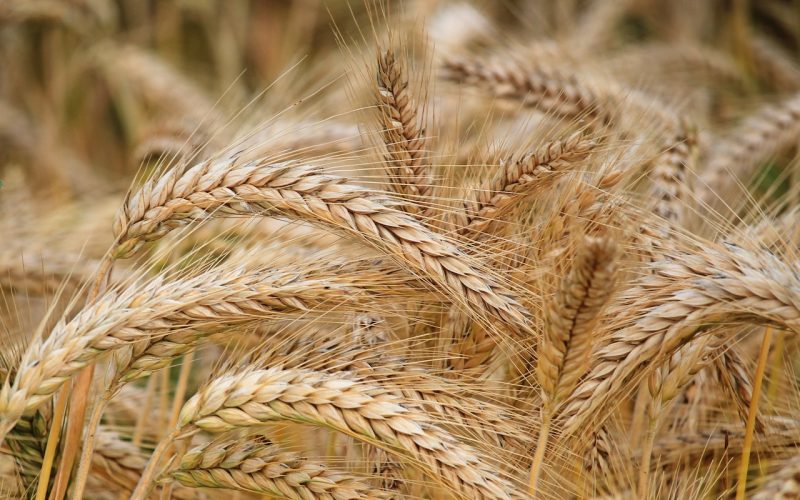The impact of agri-food taxes on the Canadian economy
The Canadian economy depends on the agricultural sector to produce the food we consume. Canada’s agriculture sector has long been a leader in the global marketplace and is known for high-quality, innovative products. It is also a driving force for international trade. As a result, agri-food taxes to help support the industry and help boost the economy in general.
Canada’s agri-food industry is highly integrated, which means most processing facilities are not highly reliant on international imports. Imports of fresh vegetables and fruits, for example, accounted for only 40 percent of the country’s total agricultural imports in 2015. Wheat and fresh fruits and nuts account for 84.4% of agricultural imports, which is a significant portion of the country’s agricultural output.
Despite this, some agricultural businesses are not happy with the current tax system. The federal government is currently reviewing its policies in this area. The upcoming Canada’s Next Policy Framework should lay out a clear roadmap for farmers. The Canadian Federation of Independent Business, an advocacy organization for the agriculture sector, is lobbying for a reduction in the total tax burden and less red tape.
The Canadian agri-food industry is a multi-billion-dollar industry. In 2016, the beef sector contributed over $50 billion to the country’s GDP. In addition, it was directly or indirectly responsible for nearly 350,000 full-time equivalent jobs. The second-most lucrative sector was canola, which contributed $26.7 billion to GDP.
A Canada-wide I/O analysis should include all of Canada’s agricultural industries. It should use uniform data and methodologies to provide an accurate picture of agriculture’s economic contribution to the Canadian economy. This is necessary in order to support investment and policy in these sectors. All authors have contributed to the development and analysis of the article.
Canada’s agricultural sector plays an important role in feeding the population. Agriculture is essential to sustain the country’s population and contribute to global food production. Proper land management is necessary to preserve and improve soil fertility. However, some agricultural practices can result in negative effects on the environment.
Methods of calculating farm income
In Agriculture and Agri-Food taxes Canada, farmers are required to report their farm income in accordance with certain methods. For instance, they cannot report income from sharecropping or trapping. In addition, they cannot claim depreciation. If you are unsure about how to calculate your farm income, consult the Income section for guidance.
The government of Canada provides various sources of information for the purposes of calculating farm income. This information is derived from the Canada Revenue Agency and provincial statistical agencies. These data relate to business activities carried out in each province. Farmers can report their income as either self-employed or as a partner in a farm partnership. The former has most rules similar to those of self-employed farmers, while the latter must report partnership income separately.
Farms can use the cash method or the accrual method to report their farm income. However, they must use the accrual method for GST and other business income. In addition, they must keep separate records for the two accounting methods. For example, cash income can include post-dated checks, but all other income should be reported using the accrual method.
Another way of calculating farm income is through the sale of farm assets to family members. Unless the farm assets are sold to family members, they will be subject to normal tax calculations. However, for best results, farmers should consider good planning and structuring their transfers carefully.
In addition, they must take into account the reference margin. The reference margin is calculated by subtracting the highest and lowest years from the average of the previous three years. In the case of the former, the reference margin is based on the Olympic average. This margin must not be less than 30%.
Treatment of unused food as a tax credit
Taking unused food as a tax credit is a great way for businesses to offset some of their costs. Wasting food is not only a waste of resources, but also an unnecessary expense, which eat up labor and revenue. Using unused food as a tax credit lets businesses write off the cost of storing and selling food and tracking food waste helps businesses use their inventory more efficiently.
Businesses that donate food are protected by federal law and encouraged to do so before it goes to waste. The tax code has special rules for food donations that can result in a larger write-off than inventory donations. Under these rules, a business can deduct the cost of donated food plus half of the markup. For example, if a restaurant sells a dish for $30, it can deduct $10 from the cost of the ingredients plus half of the markup.
Impact of land-transfer tax
Increasing the value of farm products can significantly affect farm property tax rates. The Ontario government must adopt a tax policy to encourage these value-added activities. This would increase the income from farming and result in more investments and jobs. This tax policy would have a positive impact on farmers and the industry as a whole.
The land transfer tax has become an important source of revenue for Canadian provinces. However, it is not a viable substitute for provincial property taxes. It is unstable as revenues from the tax increase rapidly during a housing market boom and fall sharply when prices fall.
While it may generate a small amount of revenue, it would increase volatility in provincial revenues. It would be harder for provinces to make fiscal decisions and budget for new taxes. The land transfer tax would represent about one percent of the median household income in Calgary and Edmonton, making it a volatile source of revenue.
As the average age of farmers rises, it is important to ensure effective succession planning. The industry will transfer billions of dollars of assets to the next generation over the next decade. In the meantime, COVID-19 has fundamentally altered the world’s economy, and Canadian agriculture is uniquely positioned to lead the recovery.
For example, a farmer who gives their land to their children in the form of a gift does not have to pay taxes on that gift. CRA assumes that the land was passed to the child at its base cost, which is typically $200,000. In addition, a child who inherits a farm property tax-free could take advantage of a capital gains exemption when selling the land.
Farmers should consult a tax advisor before realizing large capital gains or dividends. In addition, they should check with their accountant if they qualify for the Lifetime Capital Gains Exemption. Farmers may be eligible for this exemption if the property was used for farming for five years or produced more gross revenue than all other sources of income.





























